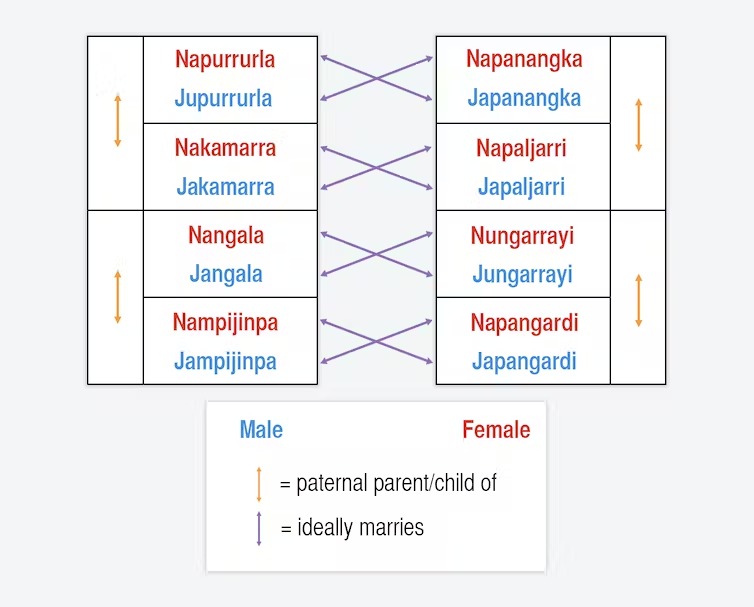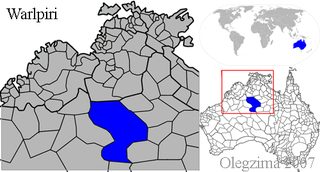For Indigenous people, language is not merely a form of communication. It is an important medium through which culture is carried. The linguistic diversity of Australia is a fascinating topic to any language aficionado, and this blog post will only scratch the surface of this vast cultural topic.
Aside from English, there are approximately 120-170 Indigenous languages and dialects still spoken in Australia today with around 70 of these being endangered, according to the National Indigenous Languages Survey in 2020. Tasmanian languages spoken by the Palawa people before the 18th century are now extinct, and sadly very little is known about these languages which appear to have no relationship with any other languages in the world.
Many of these languages – extinct or living – contain unique characteristics and conventions that are uncommon or even unseen in other languages. By looking at Indigenous languages, we are granted a small insight into the people who speak them and the ways in which communication influences culture and vice versa.
Naming Conventions
First of all, let’s look at naming conventions in Indigenous Australian languages. In some languages there are up to 11 different forms of address for Indigenous people. For example, there may be one name used to designate someone’s social status or age, but another could be a nickname or personal name used solely among friends. A further address form might be used to refer to someone’s ‘skin’, an Aboriginal Australian kinship system.
Kinship systems are far more complex than this, often distinguishing between maternal and paternal relations, gender, age, seniority, and generation, and then further split into subsections. In the Warlpiri kinship system, there are eight distinct ‘skins’, with male skin names beginning with ‘J’ and female skin names beginning with ‘N’. There are also strict social rules that restrict marriage and interactions between certain skins.
An additional name that some Indigenous people have is a religious or ceremonial name bestowed on them by a relative. These names are equally as important and considered property of the owner, however, so nobody should use this form of address – they are solely a secret, personal name for celebrations and rituals. Specific rules and customs around ceremonial names differ between regions and languages.

Word Order
Next, we can take a look at word order of Australian languages. If we take English for example, it is a language that in general, follows a strict word order that would sound bizarre if we were to deviate from it. That is to say, “I am eating a cheese sandwich” would be correct, but you wouldn’t say, “Eating am I a cheese sandwich” due to English following set syntax rules – in general subject-verb-object. An obvious difference with some Australian languages is this lack of rigidity, meaning that words in a sentence can be strung together in any order and the sentence still makes sense to listeners. In these languages, the sentence makes sense not by following set word order but by having different forms for verbs and nouns (called ‘inflection’ and ‘case-marking’ respectively). Because of this extreme free word order, some Australian languages don’t have translations for quantifier words like ‘every’ or ‘many’, and instead rely on other words or sign languages to convey the same meaning.
Kinship and Language
Finally, let’s explore the relationship between kinship and language a little further. In English, ‘you’ can refer to one or multiple people. In Spanish, there are at least two ways to say ‘you’ depending on the number of people and the formality level you want to convey. This pattern is found in many other languages too.
In some Australian languages there are even more personal pronouns that change depending on the relationship of the people you are addressing. If you were addressing a father and daughter then this would call for a different pronoun to a mother and son. This goes a step further in the Warlpiri language that has a triangular system of address, meaning the pronoun changes depending on the relationship of both the speaker and the listener to who is being referred to. This means there are many different forms of address to recognise if you learn Warlpiri!
There are also concepts that are expressed in many Indigenous languages much more concisely than in languages like English, with Warlpiri having a single word for “father and child pair” or “uncle and sister’s child pair”. The notion of family often extends further than blood relations, too. In Walpiri, the word “warringiyi” is used when talking about or to your paternal grandfather, or any of his brothers or sisters. A different word, “jamirdi”, is used to speak about a maternal grandfather and any of his brothers or sisters. Every Warlpiri person is regarded as being related in specific ways to every other Warlpiri person, regardless of whether their relationship is a blood relationship or not.

Avoidance Speech
A further example of the relationship between kinship and language is the linguistic phenomenon of avoidance speech. Avoidance speech is rooted in the idea that certain family members are taboo, but much like naming conventions in Indigenous languages, specific rules vary from location to location. In general, there is an avoidance relationship between a man and his mother-in-law and between a woman and her father-in-law. In some cases, this can mean that these family members should never converse, and in others a special lexical set is used when speaking to each other.
For the Dyirbal people, a man and his mother-in-law should never make eye contact and should never face each other when they speak, for example. In the case of language, avoidance speech is not quite a different language as the grammar and syntax is the same as everyday language, yet there are certain words that are replaced with special variations for when taboo family members must communicate. Avoidance language is also broader than everyday language, often with one avoidance word corresponding to multiple meanings. In Guugu Yimithirr, an Aboriginal language spoken in Far North Queensland, the avoidance word bali-l can mean to go, to walk, to travel, to crawl, to paddle, to drift, etc.
The huge range of Indigenous languages is a topic that deserves far more research and explanation that can’t be covered in just one blog post. With so much culture and history intertwined with these languages, we can only begin to understand their connotations and nuances.




